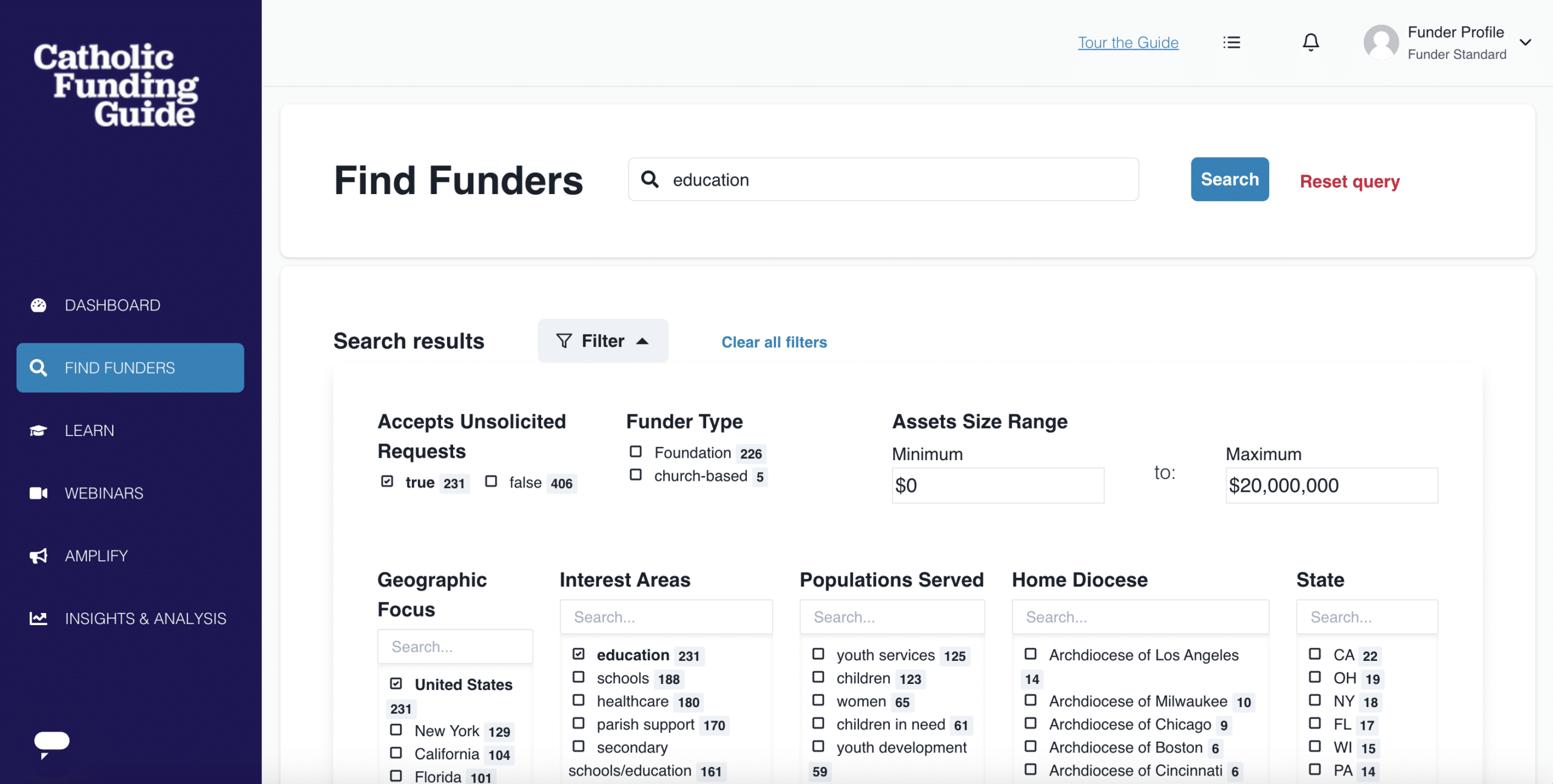Unrestricted Grants for Nonprofits: A Largely Unmet Need
Philanthropists are often reluctant to give unrestricted grants and fund operating costs, and because of this, many nonprofits struggle to cover day-to-day expenses. This directly (and negatively) affects their ability to carry out their good work and make an impact.
An example from the Hewlett Foundation illustrates the problem. After a recent survey of their grantees revealed widespread inadequate coverage of operating costs, Hewlett Foundation found that:
“As we investigated further, alongside other funders and sector experts, we learned that grantees’ true indirect costs nearly always exceed the limits set by funders on indirect costs. We also became more aware of significant inconsistencies among funders and nonprofits and in the social sector generally when it comes to language, definitions of terms, and methodological approaches to calculating costs.” (Source: https://hewlett.org/a-step-toward-supporting-the-true-cost-of-nonprofits-work/)
This is reflective of a larger-scale problem among many nonprofits throughout the country.
Unrestricted Reluctance Towards Unrestricted Grants
Perhaps the most pivotal question in this discussion: Why don’t funders want to pay operating expenses and overhead costs?
There are several reasons:
Justification & Impact. Funders (rightfully) want to understand the impact of their funds. It is often easier to see, track, and understand direct impact when funding programs, which makes it easier to justify the expense.
Mistrust. There may not be enough trust between the funder and nonprofit for appropriate allocation of an unrestricted gift.
Disagreement among stakeholders. There may be pushback from other board members, family members, or foundation stakeholders against funding operating costs.
Misunderstanding the role of operating costs. Philanthropists may overlook operating costs altogether or misunderstand their vital role in a nonprofit’s sustainability.
Nonprofits fail to communicate or understand their expenses. Some nonprofits don’t have a full grasp of their own expenses or may fail to articulate them, which can be a turnoff for funders.
The nonprofit starvation cycle. Due to the nonprofit starvation cycle, many philanthropists have a fundamental misunderstanding of how much it actually costs to run a nonprofit.
What is the nonprofit starvation cycle?
Nonprofits are often determined fund-worthy based on a low overhead.
This is problematic because funders don’t have realistic expectations for operating costs. Therefore, to get funding, many nonprofits inflate their numbers for an unrealistically low overhead and operating costs. This perpetuates the incorrect expectations of funders, who are then concerned if a nonprofit presents an honest overhead, which now appears to be too high.
Nonprofits are often determined fund-worthy based on a low overhead. This is problematic because funders don’t have realistic expectations for operating costs.
This is known as the nonprofit starvation cycle.
According to an article from Bridgespan:
“Donors tend to reward organizations with the ‘leanest’ overhead. So nonprofit leaders feel pressure to spend as little as possible on backbone expenses like human resources or IT, whatever the real cost to their overall effectiveness. This vicious cycle ignores the fact that some overhead is ‘good overhead’ – the kind that enables an organization to invest in the talent, systems and training that create a foundation for healthy growth.”
Breaking the nonprofit starvation cycle would open doors to better communication between philanthropists and nonprofits, resulting in better funding and more opportunities for doing good.
The Solution
Engage in dialogue.
As with many solutions, this all begins with communication. Start the conversation. Talk with nonprofits about their actual expenses. Transparency on both sides of the relationship is key.
In addition to conversing with nonprofits and grantees about their real operating costs, conduct financial research to learn more about operating costs and overhead.
It’s also important to have a discussion with stakeholders at your foundation. Get on the same page about funding overhead and operating costs.
Understand the connection between operating costs and overall impact.
Many philanthropists worry that if they fund operating costs or provide an unrestricted grant, their gift will not directly support the nonprofit’s work. However, there are three key points to keep in mind that may help you reframe your thinking around operating expenses and impact:
- If a nonprofit can’t pay its day-to-day expenses (rent, electricity, salaries), it can’t run programs, either.
- Similarly, if a nonprofit can’t pay costs associated with its programs (renting a space, paying for supplies, etc.) it can’t run programs, either. And there goes the impact.
- Funding operating costs does not mean you are not funding the nonprofit’s good work. In fact, the opposite is true. Think of it this way. If your grant covers the salaries at a nonprofit, and an executive is spending 10% of the time overseeing a project, you are directly supporting that project (example from https://smallbusiness.chron.com/operating-support-grants-nonprofits-55887.html).
Develop a new perspective on overhead.
In 2013, the nonprofit starvation cycle became such a widespread problem that the CEOs of GuideStar, Charity Navigator, and Wise Giving Alliance—essentially three charity evaluators—wrote a letter urging funders to rethink their approach when assessing nonprofits.
They stated:
“We write to correct a misconception about what matters when deciding which charity to support. The percent of charity expenses that go to administrative and fundraising costs—commonly referred to as ‘overhead’—is a poor measure of a charity’s performance. We ask you to pay attention to other factors of nonprofit performance: transparency, governance, leadership, and results.” (Read the full letter here: https://nonprofitquarterly.org/the-overhead-myth/)
This message still rings true today. Funders simply cannot rely on overhead to make an accurate assessment of a nonprofit.
Focus on the grantee-funder relationship to foster trust and transparency.
You can do the most good as a philanthropist—and a nonprofit can do the most good in their line of work—when there is a healthy relationship based on mutual trust:
“For a host of reasons, it can be difficult for grantees to ask for the funding they truly require. For instance, they may not have an in-depth knowledge of their cost structure, they may feel pressure to conform to unrealistic expectations around low overhead, or they may be uncomfortable questioning a potential funder’s approach to grant making, or some combination of these…. Long-term, flexible funding relationships cultivate trust and true partnership.” (Source: https://www.philanthropy.com/paid-content/the-bridgespan-group/why-funders-should-pay-for-the-true-costs-of-nonprofits-work-not-just-the-direct-project-expenses)
Did you find this article enlightening? Share your feedback or any experience you’ve had in providing unrestricted grants. Email us at support@catholicfundingguide.com.


